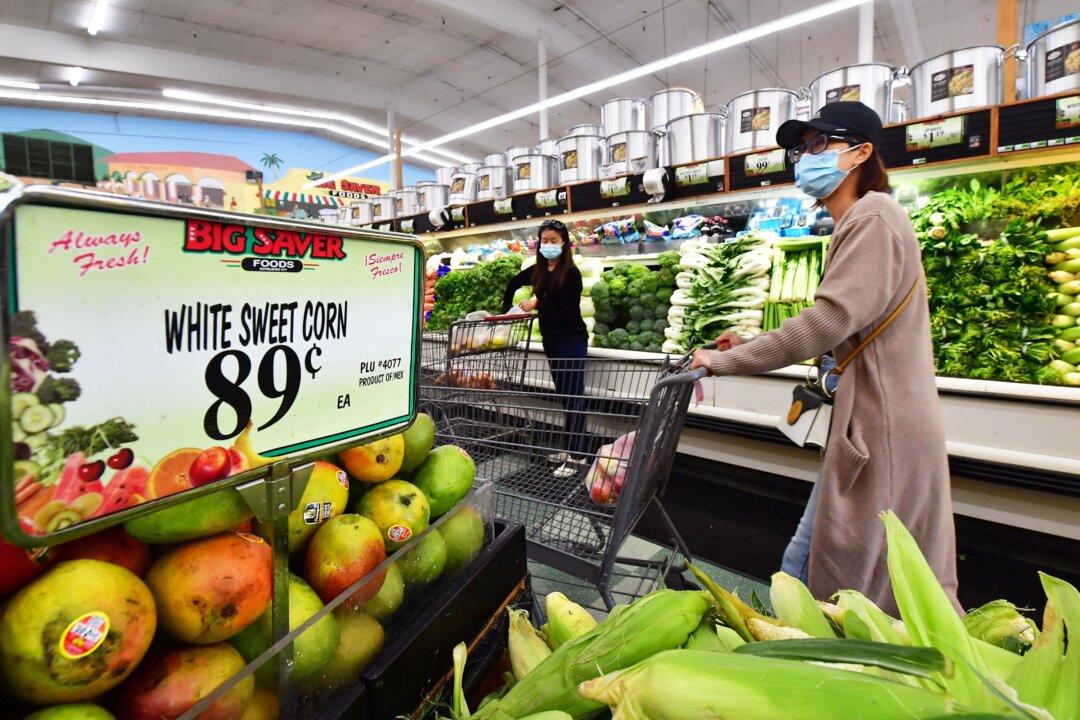Consumer expectations regarding inflation and household spending remained at elevated levels in April 2022 according to a recent survey by the Federal Reserve Bank of New York’s Center for Microeconomic Data.
“Median inflation expectations decreased in April at the one-year horizon to 6.3 percent from 6.6 percent in March. In contrast, median three-year-ahead inflation expectations rose by 0.2 percentage point to 3.9 percent. While both series remain elevated, they are 0.3 percentage point below their series highs,” a May 9 press release stated.





